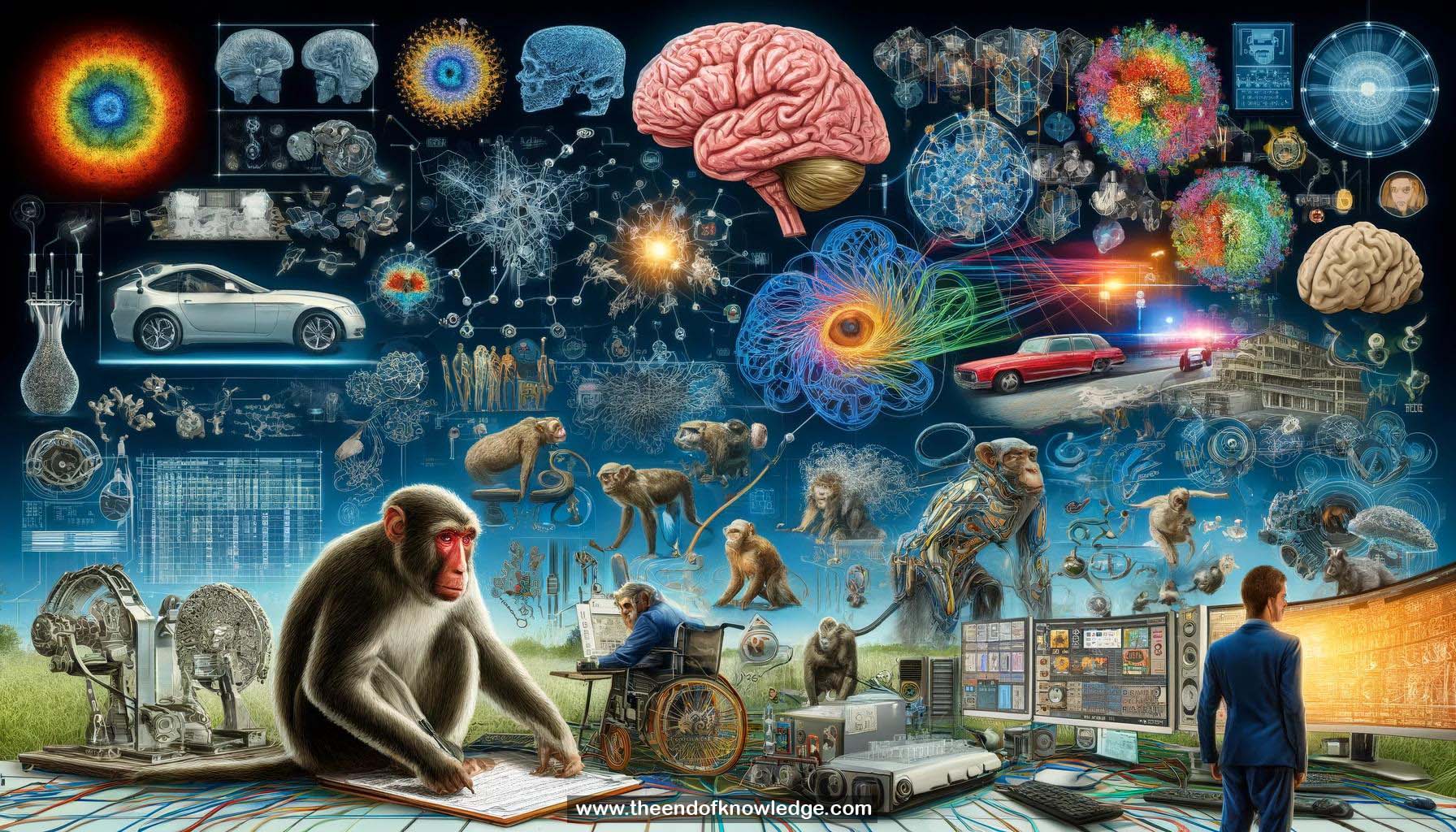 >
>
Concept Graph & Resume using Claude 3 Opus | Chat GPT4o | Llama 3:
Resume:
1.- Humans excel at object perception, identifying objects in scenes despite variations in appearance.
2.- Neuroscientists study the brain to understand the neural mechanisms underlying object perception.
3.- Reverse engineering approach: Build models based on brain constraints and compare with neural data.
4.- The ventral visual stream, including areas V1, V2, V4, and IT, is critical for object recognition.
5.- IT cortex neurons respond to complex object features, but their selectivity is not easily interpreted.
6.- Linear classifiers applied to IT neural population data can predict human-level object recognition performance.
7.- Approximately 500 IT features are sufficient to achieve human-level performance on core object recognition tasks.
8.- Deep convolutional neural networks (CNNs) have shown significant progress in fitting neural data from the ventral stream.
9.- Task-optimized CNNs tend to better predict neural responses in higher visual areas compared to shallower models.
10.- Recent very deep CNNs optimized for ImageNet performance do not necessarily better explain IT neural data.
11.- A goal is to build end-to-end models that accurately predict neural responses and match behavior.
12.- Large-scale chronic array recordings enable collecting extensive neural data from awake behaving animals.
13.- Advances in deep learning have led to a convergence between artificial and biological vision models.
14.- Comparing CNN and primate behavioral patterns on a large image set reveals a performance gap.
15.- "Unsolved" images for CNNs take primates around 30ms longer to accurately decode than "solved" images.
16.- The performance gap may be due to recurrent and feedback connections present in the brain but not CNNs.
17.- Disrupting neural activity could test the causal role of feedback in processing challenging images.
18.- Open questions remain on how the ventral stream develops and supports task learning.
19.- Neural data can constrain models, but the appropriate level of granularity (e.g., spike timing) is unclear.
20.- Analyzing neural responses to natural images (e.g., MS COCO dataset) can inform more robust vision models.
21.- Deep learning models have also shown promise in predicting responses in the auditory and somatosensory systems.
22.- The brain likely achieves a form of convolution without explicit weight sharing, possibly through learning and development.
23.- Continued collaboration between neuroscience and computer vision could lead to improved models of brain function and engineering applications.
24.- Detailed anatomical measurements (e.g., connectomics) could further inform biologically-constrained neural network architectures.
25.- Integrating deep learning and neuroscience can potentially advance brain-machine interfaces and neurological treatments.
Knowledge Vault built byDavid Vivancos 2024